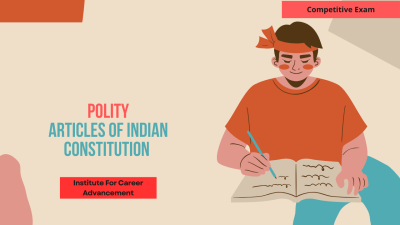Regional Development and Planning
Regional Development and Planning refers to the process of improving and managing the economic, social, and physical development of regions or areas. It involves creating strategies and policies to enhance infrastructure, promote sustainable growth, address social inequalities, and improve the quality of life for residents. This field integrates urban planning, economic development, environmental sustainability, transportation, and social services to ensure balanced and equitable growth across regions. The aim is to optimize resource use, reduce disparities between regions, and foster long-term development. আঞ্চলিক উন্নয়ন ও পরিকল্পনা বলতে অঞ্চল বা অঞ্চলের অর্থনৈতিক, সামাজিক এবং ভৌত উন্নয়নের উন্নতি ও পরিচালনার প্রক্রিয়াকে বোঝায়। এর মধ্যে রয়েছে পরিকাঠামো বৃদ্ধি, টেকসই প্রবৃদ্ধি বৃদ্ধি, সামাজিক বৈষম্য দূর করা এবং বাসিন্দাদের জীবনযাত্রার মান উন্নয়নের জন্য কৌশল ও নীতি তৈরি করা। এই ক্ষেত্রটি অঞ্চল জুড়ে ভারসাম্যপূর্ণ এবং ন্যায়সঙ্গত বৃদ্ধি নিশ্চিত করতে নগর পরিকল্পনা, অর্থনৈতিক উন্নয়ন, পরিবেশগত স্থায়িত্ব, পরিবহন এবং সামাজিক পরিষেবাগুলিকে সংহত করে। এর লক্ষ্য হল সম্পদের ব্যবহারকে অনুকূল করা, অঞ্চলের মধ্যে বৈষম্য হ্রাস করা এবং দীর্ঘমেয়াদী উন্নয়নকে উৎসাহিত করা।
English
Last updated
Sat, 08-Mar-2025



















